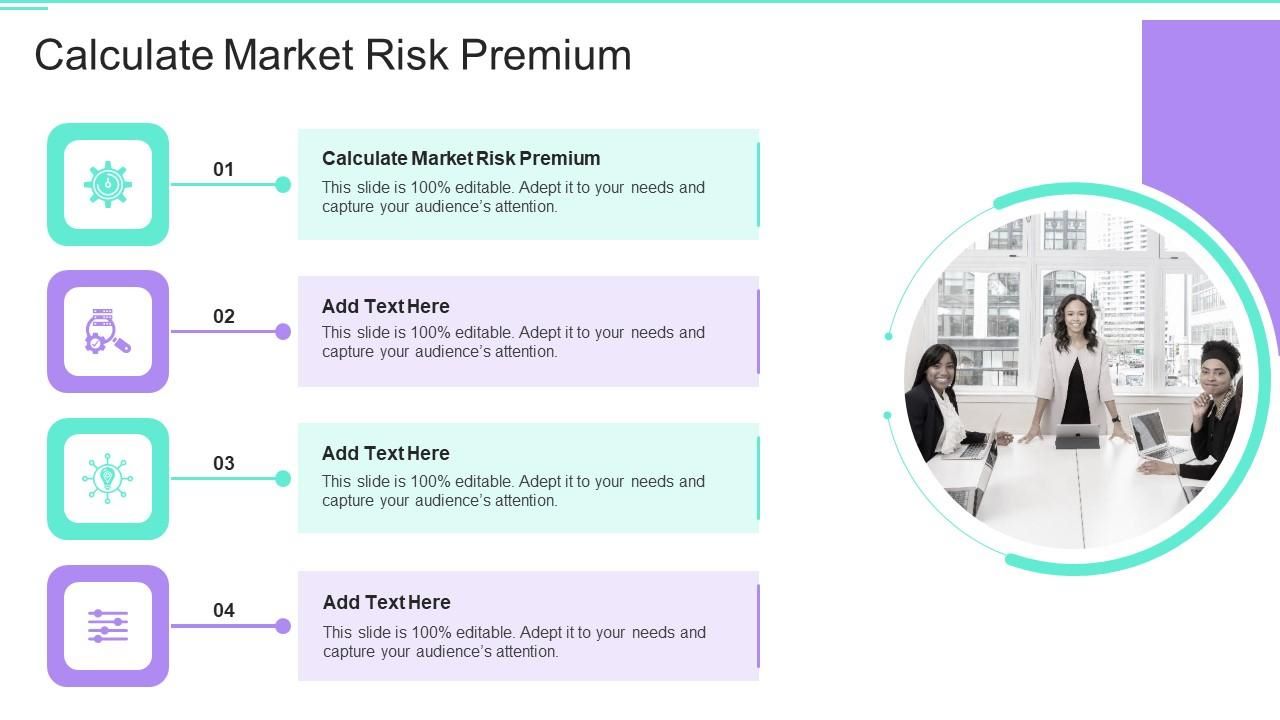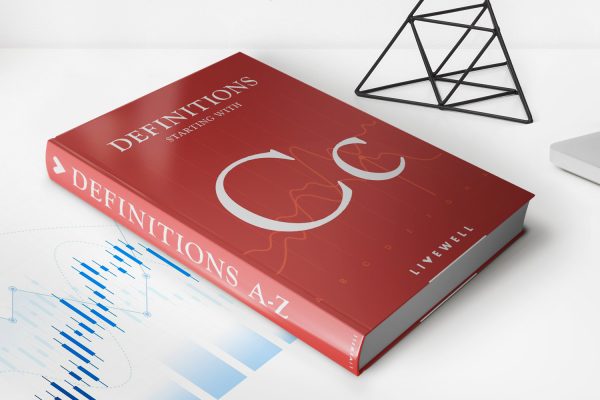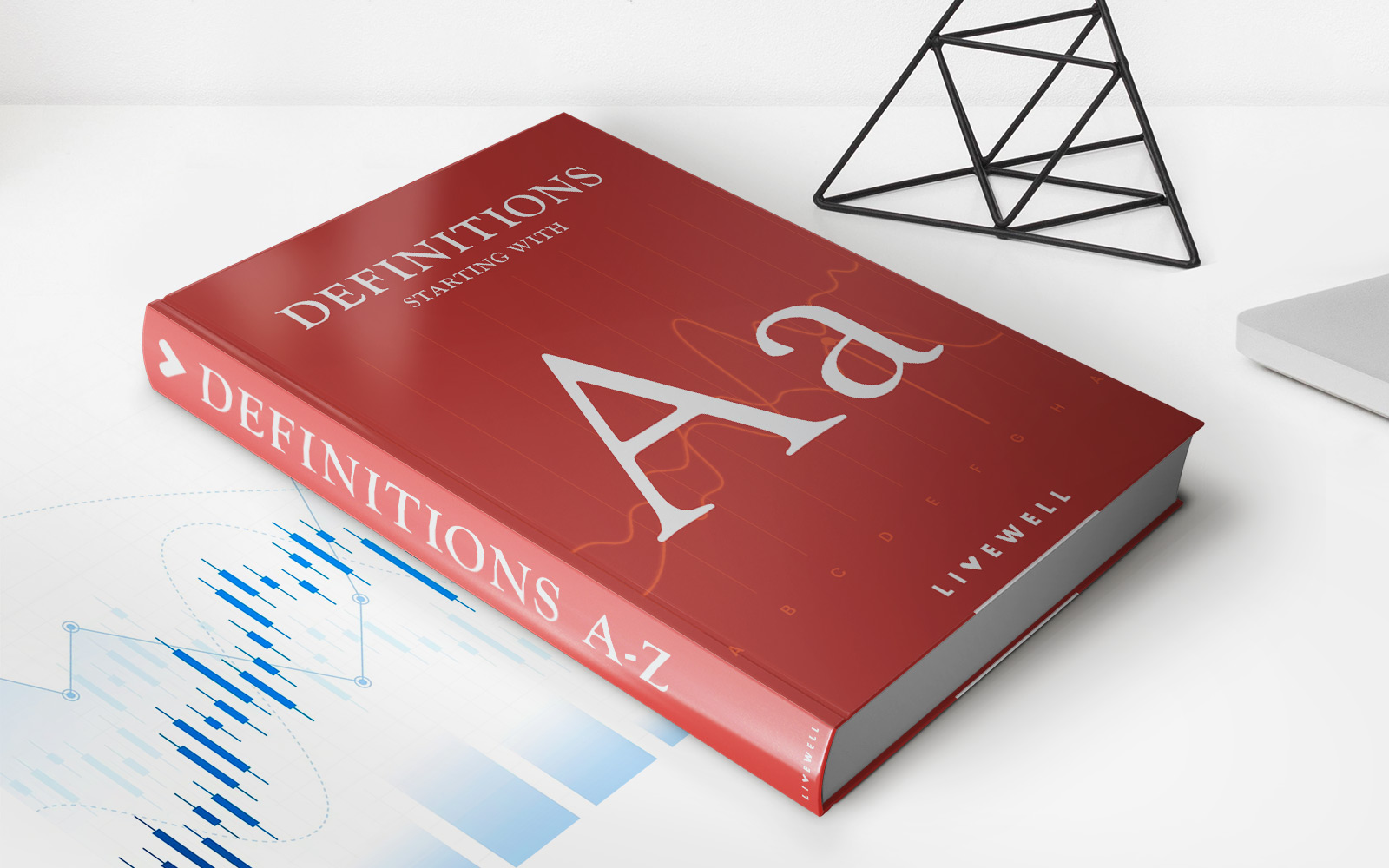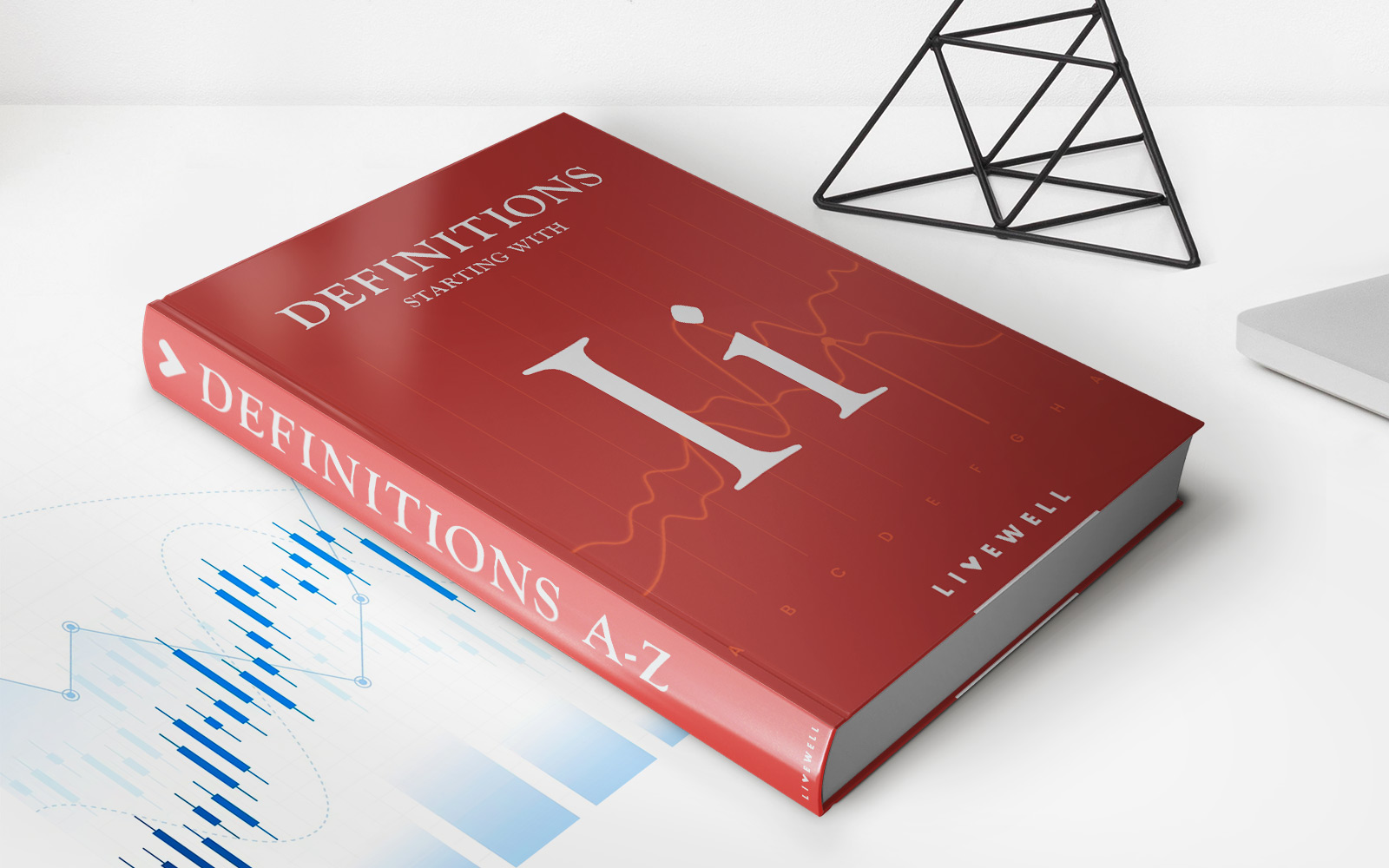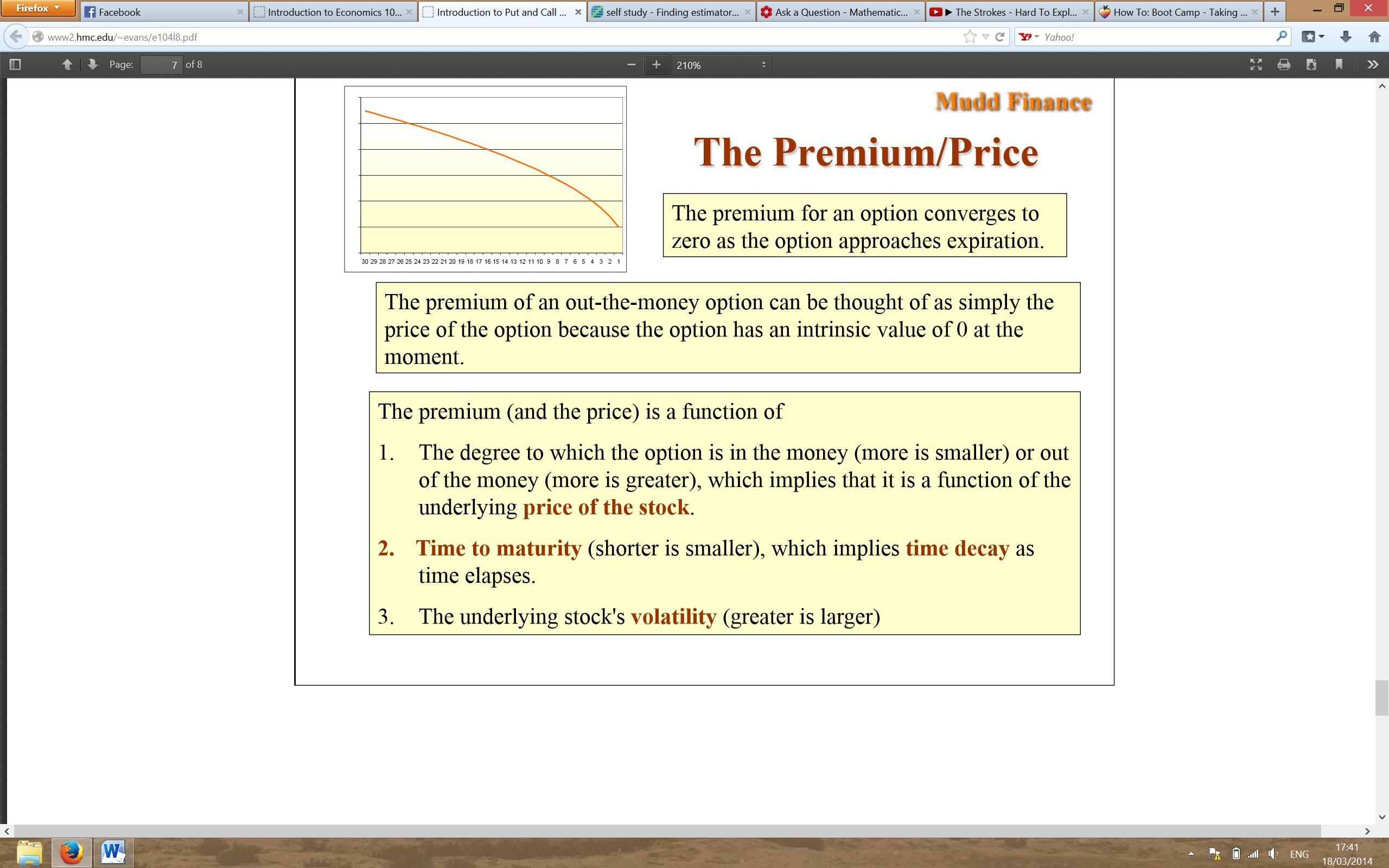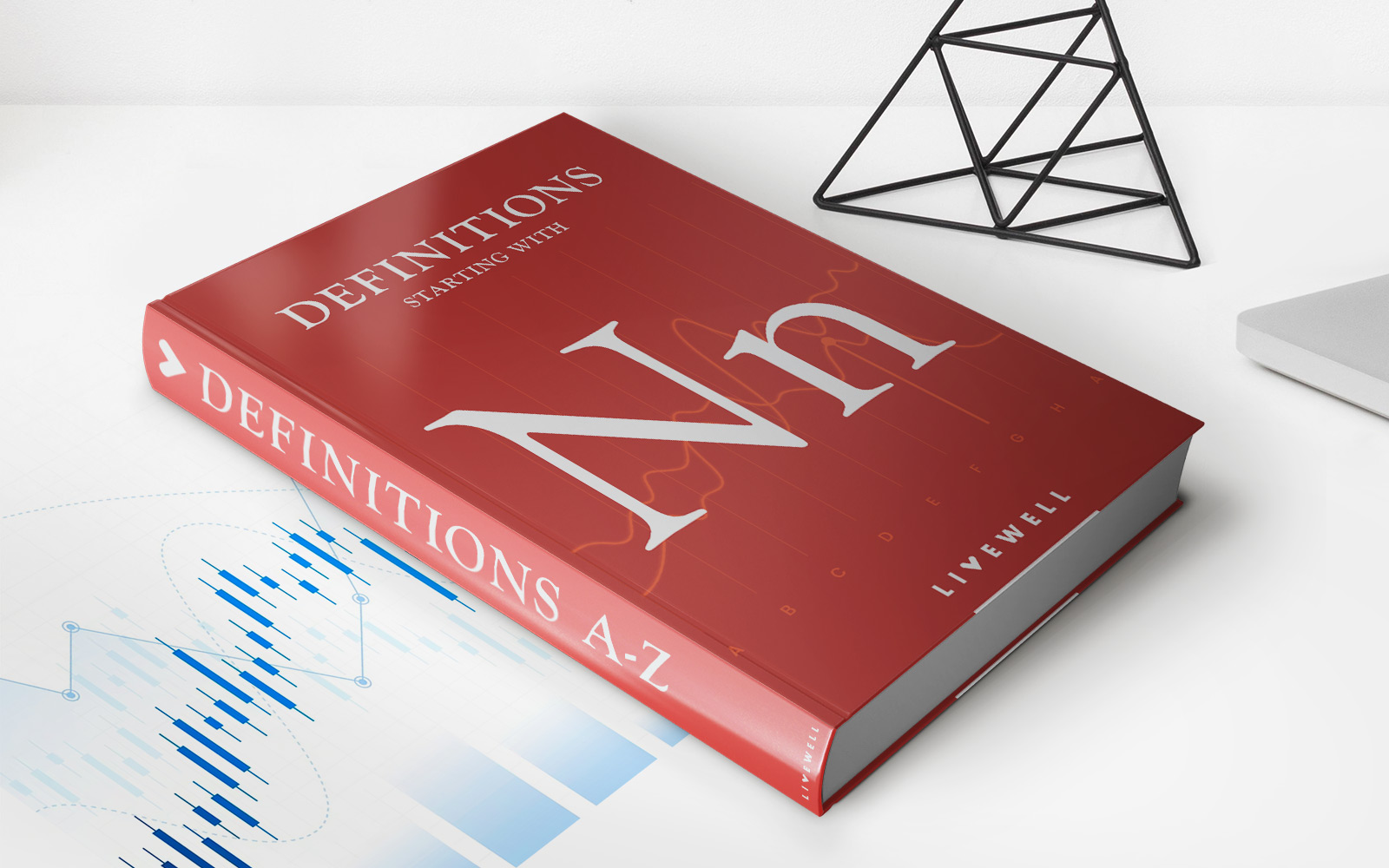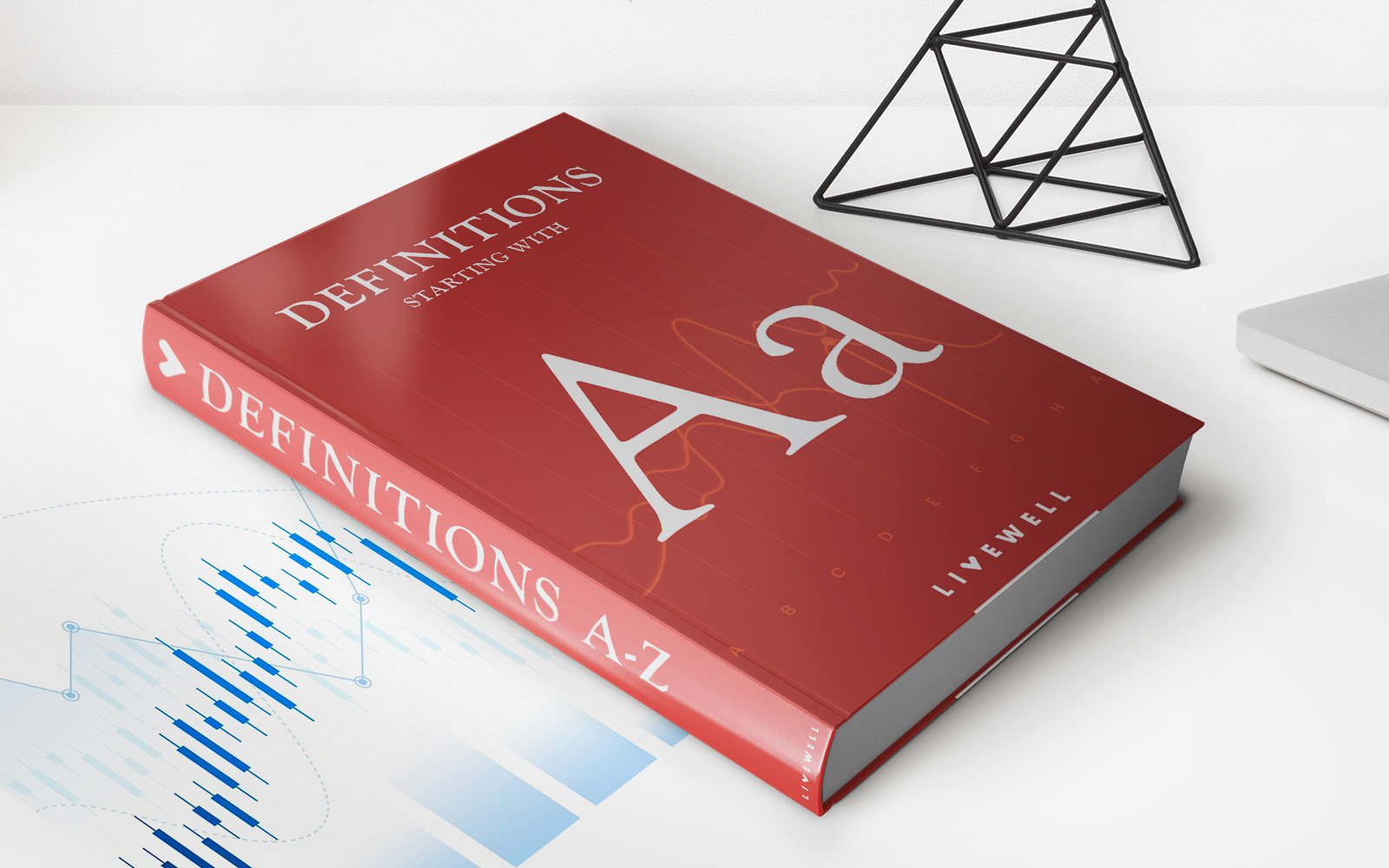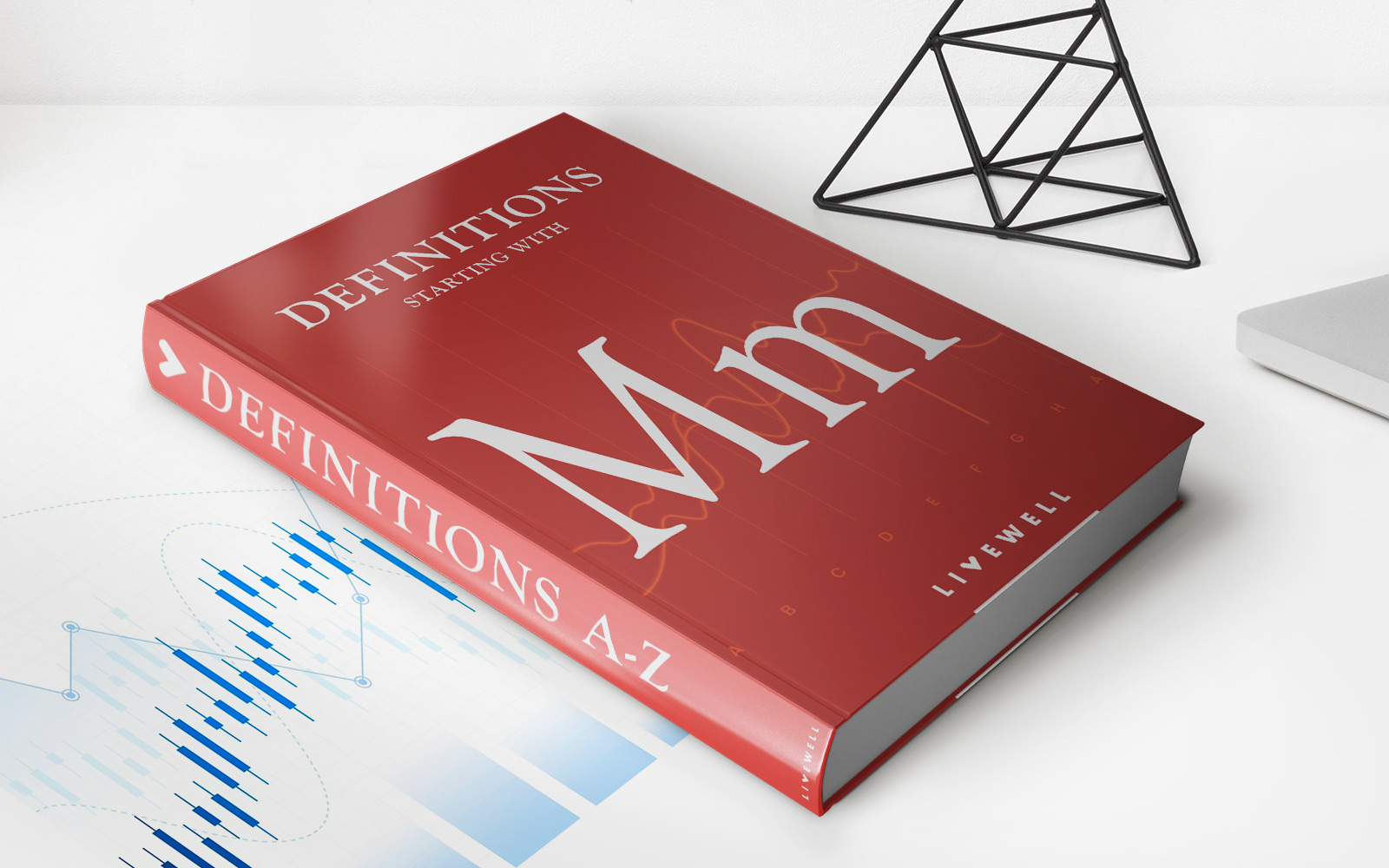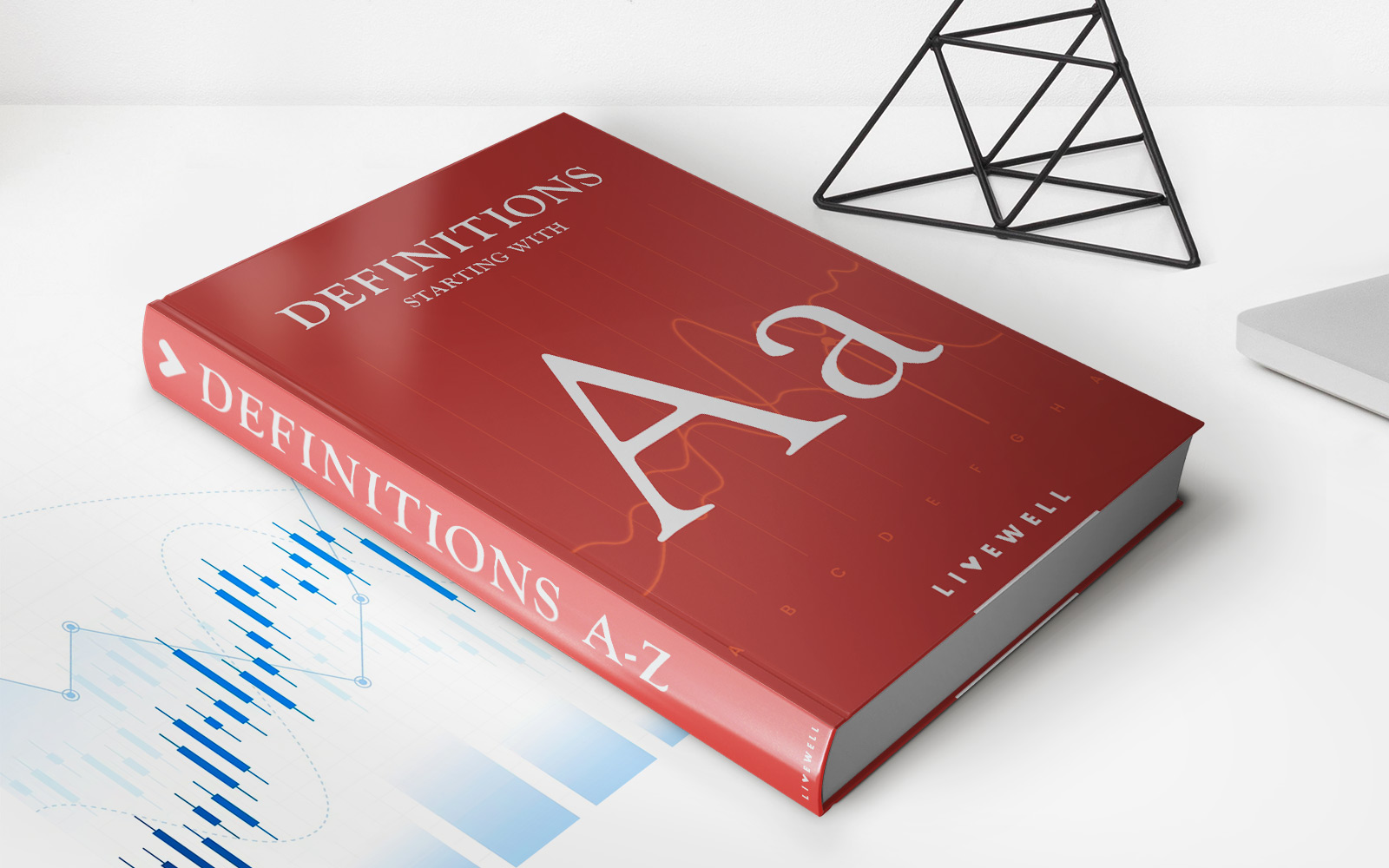

Finance
How To Calculate The Inflation Premium
Published: October 19, 2023
Learn how to calculate the inflation premium in finance and understand its importance in investing and risk management.
(Many of the links in this article redirect to a specific reviewed product. Your purchase of these products through affiliate links helps to generate commission for LiveWell, at no extra cost. Learn more)
Table of Contents
Introduction
Inflation is a critical factor that affects the economy and personal finances. It refers to the increase in prices of goods and services over time, resulting in a decrease in the purchasing power of money. As investors and individuals seeking to make wise financial decisions, it is important to understand inflation and its impact on investment returns.
One key concept to grasp is the inflation premium. The inflation premium is the additional return that investors require to compensate for the anticipated loss in purchasing power caused by inflation. It reflects the adjustment made to investment returns to maintain real (inflation-adjusted) value.
Calculating the inflation premium is essential for various financial activities, such as estimating expected returns, making investment decisions, and assessing the risk and reward of different investment opportunities. By understanding how to calculate the inflation premium, individuals can make informed choices to protect their wealth and achieve their financial goals.
In this article, we will explore the concept of the inflation premium in depth, examine the factors that influence it, and learn how to calculate it accurately.
Understanding Inflation Premium
The inflation premium is a crucial component of calculating investment returns that account for the impact of inflation. It represents the compensation investors require to protect the purchasing power of their investments against the erosion caused by rising prices.
Investors demand an inflation premium to ensure that the real rate of return on their investments remains positive. In other words, the inflation premium acts as a cushion to maintain the value of their investments in real terms.
The level of the inflation premium varies depending on several factors, such as the current inflation rate, the risk-free rate of return, and the expected rate of return. When inflation is high, investors typically require a higher inflation premium to offset the rapid loss in purchasing power. Conversely, when inflation is low or stable, the inflation premium may be relatively lower.
The inflation premium is essential in assessing the risk and return of different investment options. Investments with higher inflation premiums offer potentially higher returns but may also carry greater risk. Therefore, understanding the inflation premium is crucial for individuals looking to make investment decisions that align with their risk tolerance and financial goals.
Factors Affecting Inflation Premium
Several factors influence the inflation premium, and understanding these factors is vital in accurately calculating and assessing the inflation premium for investment purposes. Let’s explore the key factors that affect the inflation premium:
- Current Inflation Rate: The level of inflation in the economy is a significant determinant of the inflation premium. Higher inflation rates generally result in a higher inflation premium, as investors require more compensation for the eroding effect of rising prices on their investments.
- Risk-Free Rate of Return: The risk-free rate of return acts as a baseline for investment returns. It represents the return an investor can expect without assuming any risk. The relationship between the risk-free rate and the inflation premium is inverse. When the risk-free rate is low, the inflation premium is typically higher to compensate for the decreased real return on investments.
- Expected Rate of Return: The expected rate of return for a specific investment takes into account factors such as the risk associated with the investment and the potential for generating profits. The inflation premium is influenced by the expected rate of return; higher expected returns often require a higher inflation premium to ensure a positive real rate of return.
- Economic Outlook: The overall economic conditions and outlook can impact the inflation premium. In periods of economic uncertainty and instability, investors may demand a higher inflation premium to offset the perceived higher risk of investing in uncertain times.
- Financial Market Conditions: The prevailing conditions in financial markets can also affect the inflation premium. Factors such as interest rates, market volatility, and investor sentiment can influence the level of inflation premium demanded by investors.
- Inflation Expectations: Investors’ expectations regarding future inflation play a significant role in determining the inflation premium. If investors anticipate higher inflation in the future, they may demand a higher inflation premium to protect against potential loss of purchasing power.
These factors work together and interact to determine the level of the inflation premium. By considering these factors, investors and financial analysts can accurately assess the inflation premium and make informed investment decisions.
Calculating Inflation Premium
To calculate the inflation premium, several steps need to be followed. Let’s explore the process in detail:
Step 1: Determine the Current Inflation Rate: The first step is to determine the current inflation rate. This can be obtained from reliable sources such as government reports, central bank publications, or reputable financial websites. The inflation rate reflects the percentage increase in the general price level over a specific period.
Step 2: Evaluate the Risk-Free Rate: The next step is to evaluate the risk-free rate of return. The risk-free rate represents the return an investor can expect without taking on any risk. It is typically based on government bonds or other low-risk investments. This rate can vary depending on factors such as the country’s economic conditions and the duration of the investment.
Step 3: Determine the Expected Rate of Return: Once the risk-free rate is established, it is important to determine the expected rate of return for the specific investment in question. This expected rate of return factors in the investment’s risk and potential for generating profits. It may be influenced by factors such as the asset class, industry trends, and market conditions.
Step 4: Calculate the Inflation Premium: With the inflation rate, risk-free rate, and expected rate of return determined, the final step is to calculate the inflation premium. The inflation premium is calculated by subtracting the risk-free rate from the sum of the expected rate of return and the inflation rate. This formula accounts for both the expected return on the investment and the inflationary impact on its value.
Mathematically, the formula for calculating inflation premium can be expressed as:
Inflation Premium = (Expected Rate of Return + Inflation Rate) – Risk-Free Rate
By following these steps and using the appropriate formula, investors can determine the inflation premium for their investments. This information allows them to make more informed decisions and accurately account for inflation when evaluating investment opportunities.
Step 1: Determine the Current Inflation Rate
Determining the current inflation rate is the first step in calculating the inflation premium. The inflation rate represents the percentage increase in the general price level of goods and services over a specific period. It is a key indicator of the purchasing power erosion caused by inflation.
To determine the current inflation rate, it is important to rely on reliable and up-to-date sources. Several organizations and institutions provide inflation data, including government agencies, central banks, and reputable financial websites. These sources often publish reports and data on inflation regularly, making it accessible to investors.
Government reports, such as those from the Bureau of Labor Statistics in the United States or the Office for National Statistics in the United Kingdom, provide comprehensive and reliable information on inflation. These reports typically include data on consumer price indices (CPI) or the producer price index (PPI) to measure inflation.
In addition to government reports, central banks also track and publish inflation data. Central banks play a crucial role in maintaining price stability and often have inflation targets. Their reports and publications provide valuable insights into the current inflation rate and its impact on the economy.
Reputable financial websites, such as Bloomberg or Reuters, also provide inflation data that can be easily accessed by investors. These websites often compile and present inflation data in an organized and easily understandable format.
Once the inflation rate data is obtained, it can be used as a crucial input in calculating the inflation premium. Remember, the inflation rate represents the rate at which prices are increasing, and it helps to analyze the impact of rising prices on investments.
By accurately determining the current inflation rate, investors can make more informed decisions about their investments, understand the need for an inflation premium, and adjust their expected rate of return accordingly.
Step 2: Evaluate the Risk-Free Rate
Evaluating the risk-free rate is an essential step in calculating the inflation premium. The risk-free rate represents the return an investor can expect without assuming any risk. It serves as a benchmark for determining the compensation investors require for taking on additional risk in their investments.
The risk-free rate is typically based on government bonds or other low-risk investments with minimal default risk. Government bonds are considered relatively safe because they are backed by the full faith and credit of the government. The interest rate on these bonds reflects the risk-free rate of return.
When evaluating the risk-free rate, it is important to consider factors such as the duration of the investment and the economic conditions of the country. Generally, longer-term government bonds have higher yields compared to shorter-term bonds to compensate for the increased time and inflation risk.
Government bond yields can be accessed through financial news outlets, central bank publications, or financial market websites. These platforms provide information on government bond yields of various maturities, enabling investors to determine the prevailing risk-free rate.
While government bonds are commonly used to determine the risk-free rate, other low-risk investments such as treasury bills or high-quality corporate bonds can also serve as proxies for the risk-free rate. It is important to choose investments that have minimal credit risk and provide a reliable rate of return.
It is crucial to note that the risk-free rate may vary across different countries or regions due to factors such as monetary policy, market conditions, and economic stability. Therefore, it is important to evaluate the appropriate risk-free rate based on the specific country or region of your investment.
By evaluating the risk-free rate accurately, investors can have a baseline for their expected returns. The risk-free rate serves as a starting point for determining the inflation premium and helps investors assess the potential risk and reward of their investment choices.
Step 3: Determine the Expected Rate of Return
Determining the expected rate of return is a crucial step in calculating the inflation premium. The expected rate of return represents the anticipated yield or profitability of a specific investment.
Various factors influence the expected rate of return, such as the risk associated with the investment, the growth potential of the asset, and the overall market conditions. It is important to consider both quantitative and qualitative factors when determining the expected rate of return.
Quantitative factors include analyzing historical performance, financial ratios, and market trends to estimate the potential return. This involves conducting thorough research on the specific investment, examining past performance, and analyzing relevant financial data.
Qualitative factors involve assessing the industry outlook, competitive landscape, and any other external factors that may impact the investment’s potential return. This could include factors such as technological advancements, regulatory changes, or shifts in consumer behavior.
Such evaluation of quantitative and qualitative factors helps investors develop a comprehensive understanding of the potential risks and rewards associated with the investment. By combining these factors, investors can arrive at a reasonable estimate of the expected rate of return.
It is important to note that the expected rate of return is inherently subjective and can vary depending on individual investment strategies and risk appetites. Therefore, it is essential to consider one’s own investment goals and risk tolerance when determining the expected rate of return.
Additionally, the expected rate of return should be adjusted for inflation to obtain the real rate of return. The real rate of return reflects the investment’s performance after accounting for inflation. This adjustment is necessary to ensure that the investment maintains its purchasing power over time.
By accurately determining the expected rate of return, investors can assess the potential profitability of their investment and incorporate it into the calculation of the inflation premium. This information helps them make informed decisions and evaluate the risk and return trade-off associated with their investment choices.
Step 4: Calculate the Inflation Premium
Calculating the inflation premium is the final step in determining the additional return required to compensate for the loss of purchasing power caused by inflation. The inflation premium is calculated using the inflation rate, risk-free rate, and expected rate of return.
The formula to calculate the inflation premium is:
Inflation Premium = (Expected Rate of Return + Inflation Rate) – Risk-Free Rate
By following this formula, investors can accurately calculate the inflation premium for their investment. Let’s break down the steps involved:
- Obtain the Inflation Rate: Use reliable sources such as government reports or financial websites to find the current inflation rate. This represents the rate at which prices are increasing.
- Determine the Risk-Free Rate: Evaluate the risk-free rate based on government bonds or other low-risk investments. This represents the return an investor can expect without assuming any risk.
- Determine the Expected Rate of Return: Assess the expected rate of return for the specific investment. Consider both quantitative and qualitative factors to estimate the potential profitability of the investment.
- Calculate the Inflation Premium: Subtract the risk-free rate from the sum of the expected rate of return and the inflation rate. This calculation provides the inflation premium, which represents the compensation required to maintain the investment’s value in real terms.
The inflation premium is an essential component for evaluating investment opportunities and accurately assessing risk and return. It helps investors account for the impact of inflation on investment returns and make informed decisions that align with their financial goals and risk tolerance.
Conclusion
The inflation premium is a critical factor for investors to consider when making financial decisions. It represents the compensation required to offset the erosion of purchasing power caused by inflation. By accurately calculating the inflation premium, investors can better assess the risk and return of different investment options and make informed choices.
In this article, we have explored the concept of the inflation premium, its importance, and the factors that influence it. Understanding the current inflation rate, evaluating the risk-free rate, and determining the expected rate of return are essential steps in the calculation process. These steps provide investors with the necessary information to calculate the inflation premium accurately.
Calculating the inflation premium allows investors to account for the impact of inflation on their investments and adjust their expected returns accordingly. It ensures that the real rate of return remains positive, safeguarding the value of their investments in the face of rising prices.
It is important to note that the inflation premium is not a fixed value but varies depending on various factors such as the inflation rate, risk-free rate, and expected rate of return. Therefore, it is crucial for investors to regularly reassess and adjust their inflation premium calculations to reflect changing economic conditions and market dynamics.
By understanding and incorporating the concept of the inflation premium, investors can make more informed decisions that align with their financial goals and risk tolerance. It allows them to protect the purchasing power of their investments and navigate the ever-changing economic landscape.
In conclusion, the inflation premium is a fundamental component of investment analysis and decision-making. By calculating and considering the inflation premium, investors can better position themselves to preserve and grow their wealth over the long term in the face of inflationary pressures.

